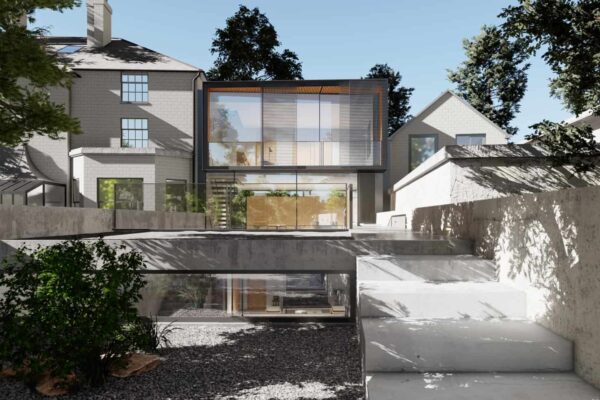An interactive VR tour is a virtual reality experience where users can interact with and explore a simulated environment. This can be used for real estate virtual tours, virtual museum exhibitions, virtual theme park experiences, etc. The interactivity allows users to engage with the virtual environment in a more immersive and intuitive way. It feels like they are truly there.
The technology has been used for years by military personnel to train soldiers and civilians alike. Now, it’s being used to create immersive tours of places worldwide. Architects, developers, and designers, as well as urban planners, have adopted VR visualization technology. VR can be used to boost project approval and increase marketing success.
Create an immersive experience with a 360° virtual tour.
If you want to create an immersive experience, then a 360° virtual tour is the perfect solution. 360 Virtual Tour technology allows effortless exploration of a property. Even if the property is under construction and you are thousands of miles away
Add interactivity using AR or MR technology.
There are two main ways to add interactivity to virtual reality experiences: Augmented Reality (AR) and Mixed Reality (MR). Both technologies work by overlaying computer-generated images onto real world objects. However, AR uses cameras to track the position of the user’s head and overlay the correct image accordingly. In contrast, MR uses headsets with screens displaying real and computer-generated imagery.
Integrate social media into your virtual reality experience.
Social media has become an integral part of our lives. It allows us to connect with friends and family, share photos and videos, and make money through online advertising. By integrating Social Media into your interactive vr tour, you can provide users with a more immersive experience. This is better than just watching a movie or playing a game.
Include a QR code so users can easily share your content.
A QR code is a quick response code. It lets users scan a barcode and instantly access a website or app. You can quickly create a QR code. You can use it to link directly to your social media accounts, websites, apps, and other content. This makes it easy for users to share your content on their own social networks. Why not use a QR code to link to your project’s interactive vr tour? This will let your users and followers easily share.



